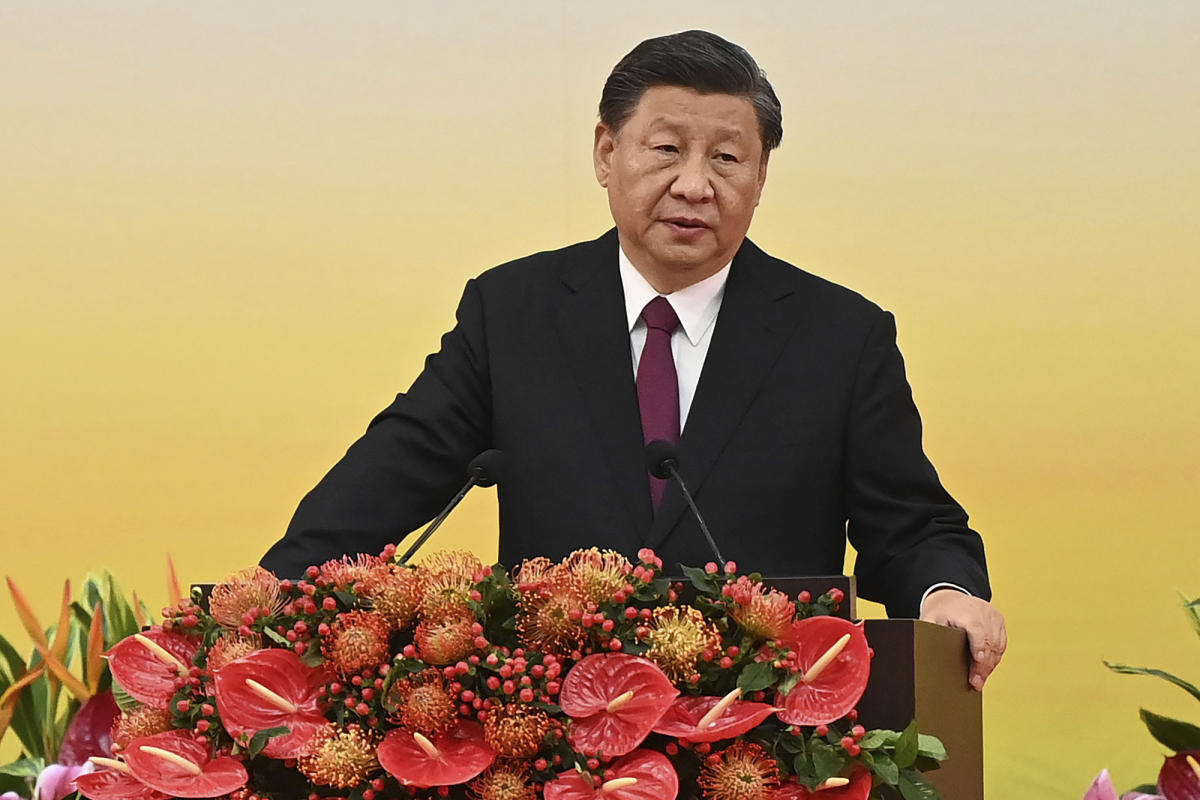After China announced military exercises in six sea zones close to Taiwan, the island’s defense ministry said it had no doubt what message Beijing wanted to send: “that they seek a cross-strait resolution by force instead of peaceful means.”
But could China take Taiwan by force if it wanted to?
Under China’s leader, Xi Jinping, the People’s Liberation Army has upgraded to the point where a campaign to seize Taiwan seems increasingly plausible. Yet even experts and officials who monitor China’s military for a living disagree over how ready those forces are to invade Taiwan and how inclined Xi would be to take the momentous gamble, especially after Russia’s troubled war in Ukraine.
Sign up for The Morning newsletter from the New York Times
“When people talk about whether or not China can or cannot do it, they’re actually talking about something different, the level of operational cost — the loss of ships, casualties — that China would have to pay to do it,” said Oriana Skylar Mastro, a fellow at Stanford University’s Freeman Spogli Institute for International Studies who has argued that American policymakers may underestimate China’s readiness to use force.
“They could do it,” she added. “It’s just that given Taiwan’s defenses and given if the United States is able to come to Taiwan’s aid, how much of a blood battle is this going to be?”
Legislation passed by Congress in 1979 paves the way for American forces to step in if China tries to invade Taiwan, but it does not oblige a president to take that step.
One key question is how close the People’s Liberation Army is to mastering the capabilities needed to dispatch tens of thousands of troops to Taiwan, by sea or air; establish a foothold on the island; and push outward to seize vital sites like ports, railways and communication hubs, as well as cities crowded with potential insurgents.
The Pentagon’s 2021 annual report on the People’s Republic of China — widely read as an authoritative assessment — noted that it had built up the world’s biggest navy as measured by the number of vessels, but said that “an attempt to invade Taiwan would likely strain PRC’s armed forces and invite international intervention.”
Even if Chinese forces made it to shore on Taiwan, the difficulties of urban warfare, “make an amphibious invasion of Taiwan a significant political and military risk for Xi Jinping and the Chinese Communist Party,” the Pentagon report said.
Several studies recently issued by the U.S. Naval War College also indicated that China probably still falls short of some equipment and skills needed to make a Taiwan invasion credible. China’s amphibious force “lacks the capacity to execute a large-scale assault on Taiwan,” Dennis J. Blasko, a retired lieutenant colonel, wrote in one of the studies.
Few doubt that China’s military has been improving its war-fighting skills. But Taiwan is also building up defenses.
On Monday, the 95th anniversary of the founding of the People’s Liberation Army, the official Liberation Army Daily stressed Xi’s goal of achieving key parts of military modernization by 2027. Last year, Adm. Phil Davidson, then poised to retire as commander of U.S. Indo-Pacific Command, sparked debate by telling a Senate committee that China could move to seize Taiwan before then.
“There are different assessments,” said Mastro, who is also a senior fellow at the American Enterprise Institute, “but what matters is whether China thinks they can do it, not whether we think they can do it.”
© 2022 The New York Times Company




